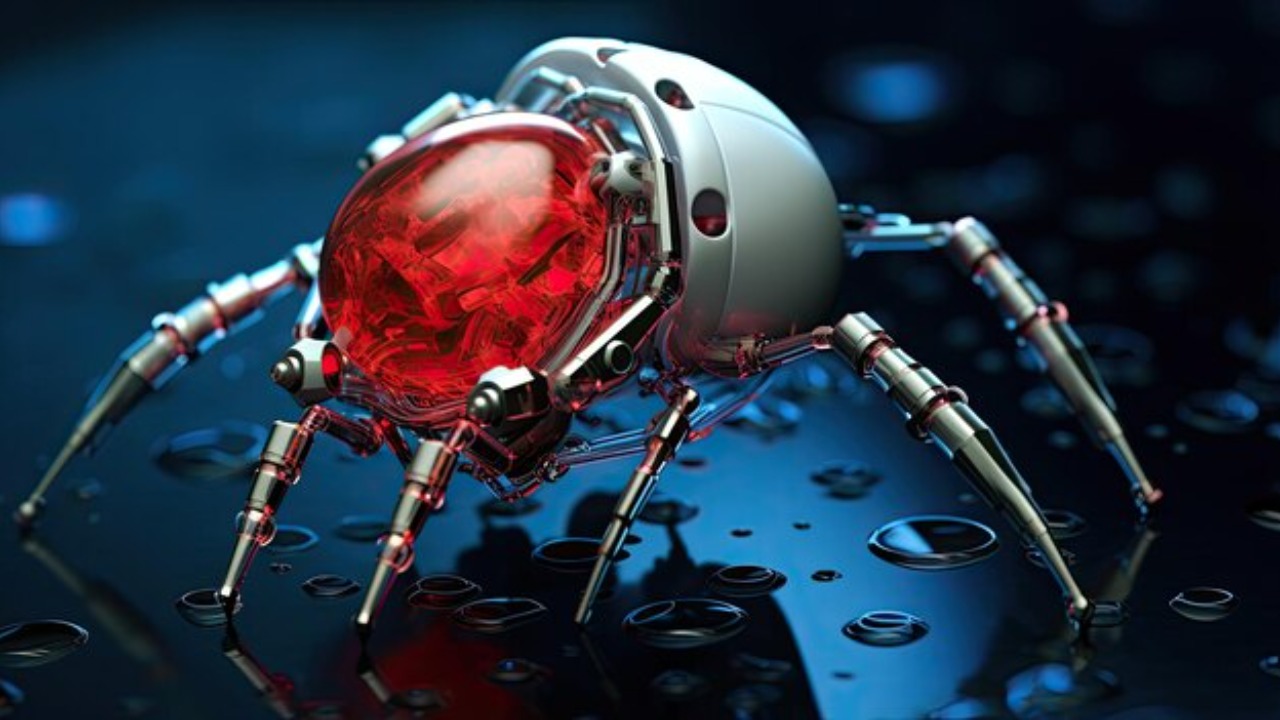
In recent years, nanotechnology has emerged as a revolutionary tool in the fight against cancer. Nanobots, tiny machines at the molecular scale, offer precise targeting and treatment of cancerous cells, potentially minimizing the side effects of traditional therapies. As researchers continue to explore the potential of these microscopic marvels, nanobots may transform cancer treatment and bring us closer to a cure.
The Science Behind Nanobots in Cancer Treatment
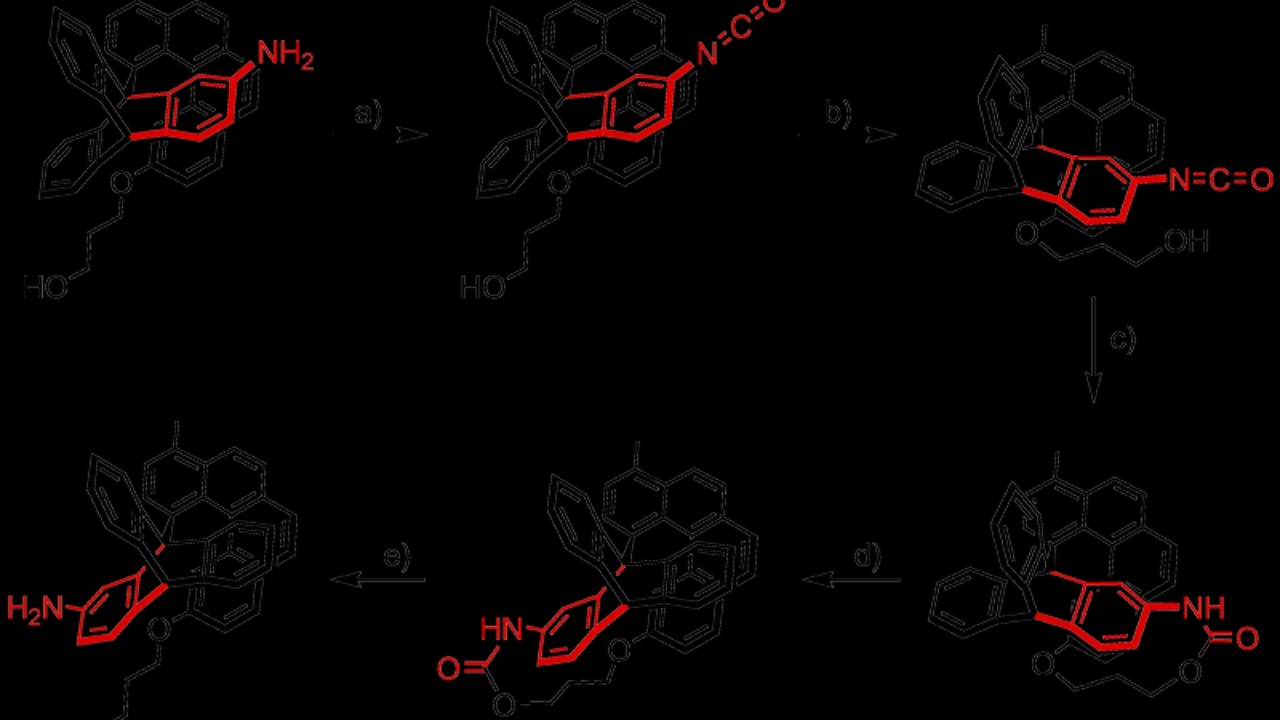
Nanobots, or nanoscale robots, are engineered devices that operate at the molecular level, typically within the range of 1 to 100 nanometers. These tiny machines have the ability to navigate through the human body, detecting and interacting with specific types of cells. The primary functionalities of nanobots in cancer treatment include targeted drug delivery, real-time monitoring of tumor progression, and direct intervention in cellular processes. By delivering chemotherapy drugs directly to cancer cells, nanobots can increase the efficacy of treatment while reducing the adverse effects on healthy tissues.
The mechanisms by which nanobots target cancer cells are sophisticated and multifaceted. They rely on a combination of surface markers and chemical signals to distinguish between healthy and malignant cells. Recent advancements in this field have seen the development of nanobots equipped with biosensors that can detect the unique proteins or antigens expressed by cancer cells. Notably, recent studies have demonstrated the capability of nanobots to navigate the bloodstream, bypass biological barriers, and release therapeutic agents precisely at the tumor site.
Nanobots vs. Traditional Cancer Treatments
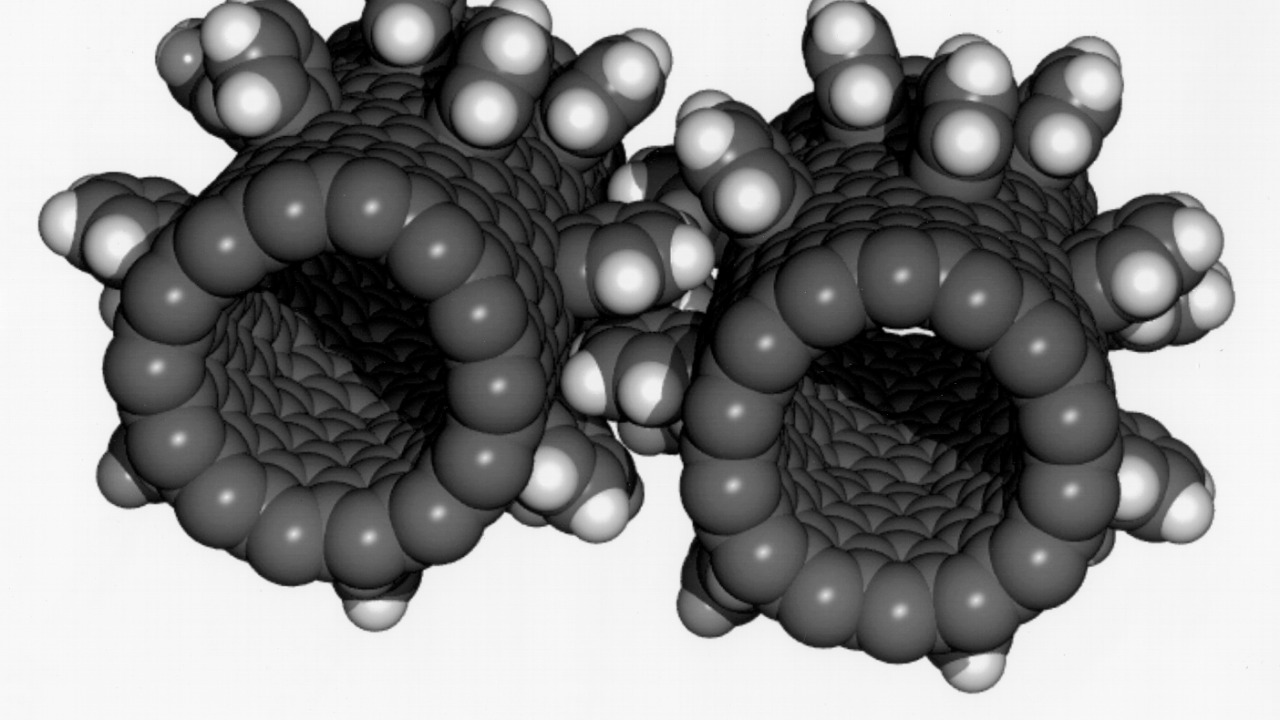
Compared to traditional cancer treatments such as chemotherapy and radiation, nanobots offer a significant advantage in terms of efficacy and side effects. Chemotherapy and radiation often affect both cancerous and healthy cells, leading to a range of side effects including nausea, fatigue, and hair loss. Nanobots, on the other hand, can reduce these unwanted effects by targeting only cancer cells, thereby sparing healthy tissue. This precision targeting is achieved through the use of advanced imaging techniques and molecular markers that guide the nanobots to their intended destination.
Initial trials and case studies have shown promising results. For instance, one study reported that patients treated with nanobot-assisted therapy experienced a significant reduction in tumor size without the debilitating side effects commonly associated with chemotherapy. These early successes underscore the potential of nanobots to revolutionize cancer treatment, offering a more targeted and less invasive approach.
Innovative Mechanisms: Kill Switch and Beyond
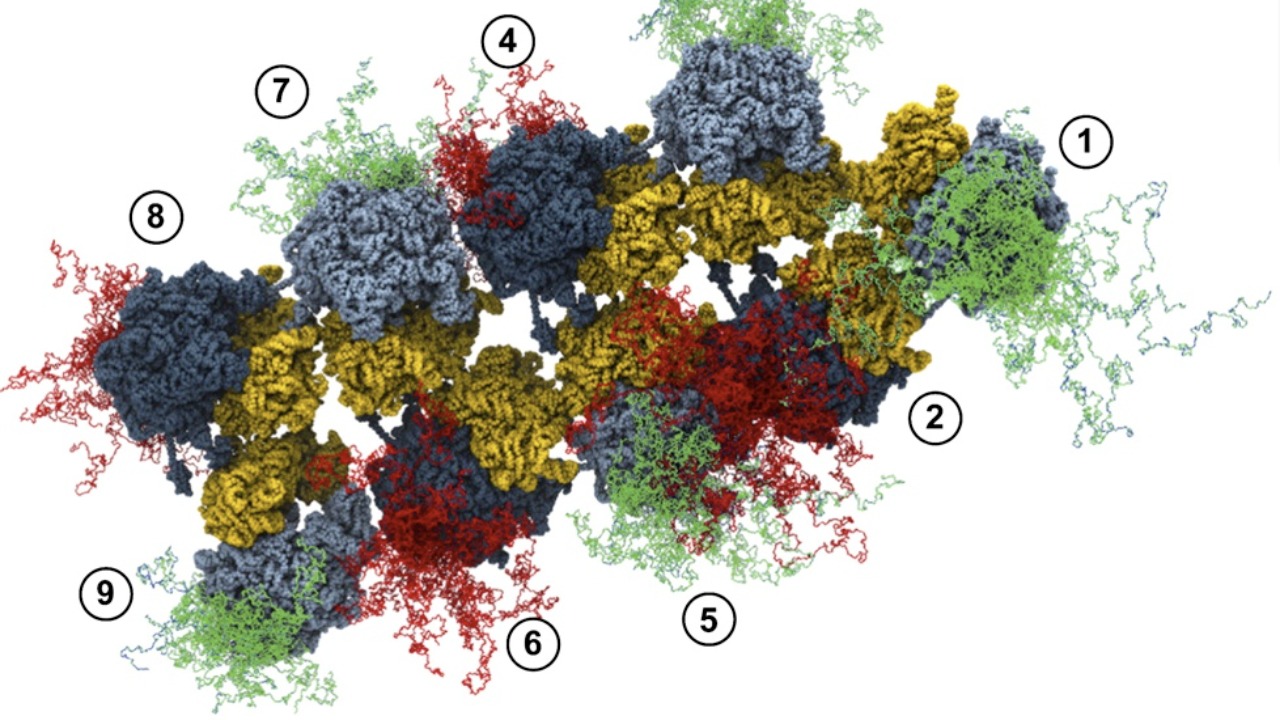
One of the most intriguing innovations in nanobot technology is the development of the “kill switch” mechanism. This technology is designed to selectively target and destroy cancer cells while leaving healthy cells unharmed. The kill switch works by activating a specific chemical reaction in the presence of cancer-specific markers, effectively initiating the self-destruction of the cancer cell. Detailed insights into this technology can be found in a recent report, highlighting its potential to enhance the safety and effectiveness of cancer treatments.
To ensure that nanobots do not inadvertently harm healthy cells, researchers have implemented a range of safety measures. These include programming the nanobots to deactivate or self-destruct if they stray from their intended targets. Advances in artificial intelligence and machine learning are also being leveraged to enhance the precision and control of nanobot operations. Looking ahead, the future prospects of nanobots in cancer treatment involve further refining these technologies to improve accuracy and reduce risks.
Challenges and Ethical Considerations

Despite the promising potential of nanobots in cancer therapy, several technical challenges remain. Manufacturing nanobots at scale while maintaining their precision and functionality is a significant hurdle. Additionally, real-time monitoring of nanobot activity within the body requires sophisticated imaging technologies and data analysis tools. Collaborative efforts are underway to address these challenges, as detailed in a comprehensive review article on the topic.
Ethical considerations also play a crucial role in the development and deployment of nanobot technology. Issues surrounding patient consent, data privacy, and long-term safety must be carefully considered. Furthermore, the regulatory landscape for nanobot therapies is still evolving, with approval processes and global standards yet to be fully established. Ensuring that these technologies are deployed ethically and responsibly is essential to gaining public trust and acceptance.
Potential Impact on Global Health

The widespread adoption of nanobot technology in cancer treatment could have a transformative impact on global health. By making these therapies more accessible and affordable, millions of patients worldwide could benefit from more effective and less invasive cancer treatments. Projections suggest that the integration of nanobots into standard treatment protocols could lead to a significant reduction in cancer mortality rates, particularly in regions where access to conventional therapies is limited.
Beyond cancer, nanobots hold the potential to revolutionize the treatment of a wide range of diseases. Their ability to deliver drugs precisely and interact with cellular processes opens up new possibilities for treating chronic conditions, infectious diseases, and even neurological disorders. As research progresses, the broader implications of nanobot technology could pave the way for a new era of medical advancements, with far-reaching benefits for global health.
Future Directions in Nanobot Research
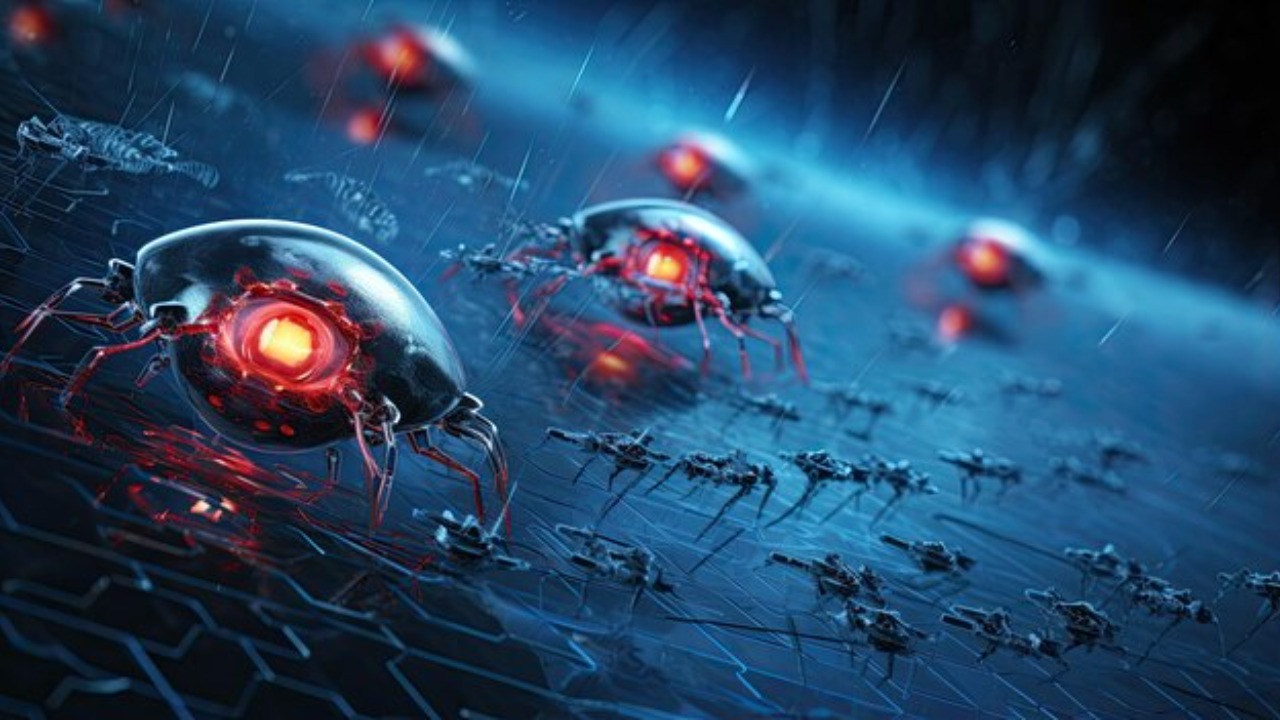
Ongoing research initiatives are critical to advancing the field of nanobot technology. Leading universities and companies are spearheading efforts to refine nanobot functionalities and explore new therapeutic applications. Collaborative projects, often involving international partners, are crucial for sharing knowledge and resources, thereby accelerating the pace of innovation. The role of international collaboration is highlighted in a recent publication, emphasizing the importance of global cooperation in achieving breakthroughs.
The long-term vision for nanobot technology extends beyond cancer treatment. Researchers are exploring how these tiny machines could be adapted to address a range of other medical challenges, from targeted drug delivery systems for autoimmune diseases to precision interventions in cardiovascular health. As the field continues to evolve, the potential for nanobots to become a cornerstone of modern medicine is becoming increasingly apparent. With continued investment and research, the future of nanobot technology holds immense promise for transforming healthcare as we know it.